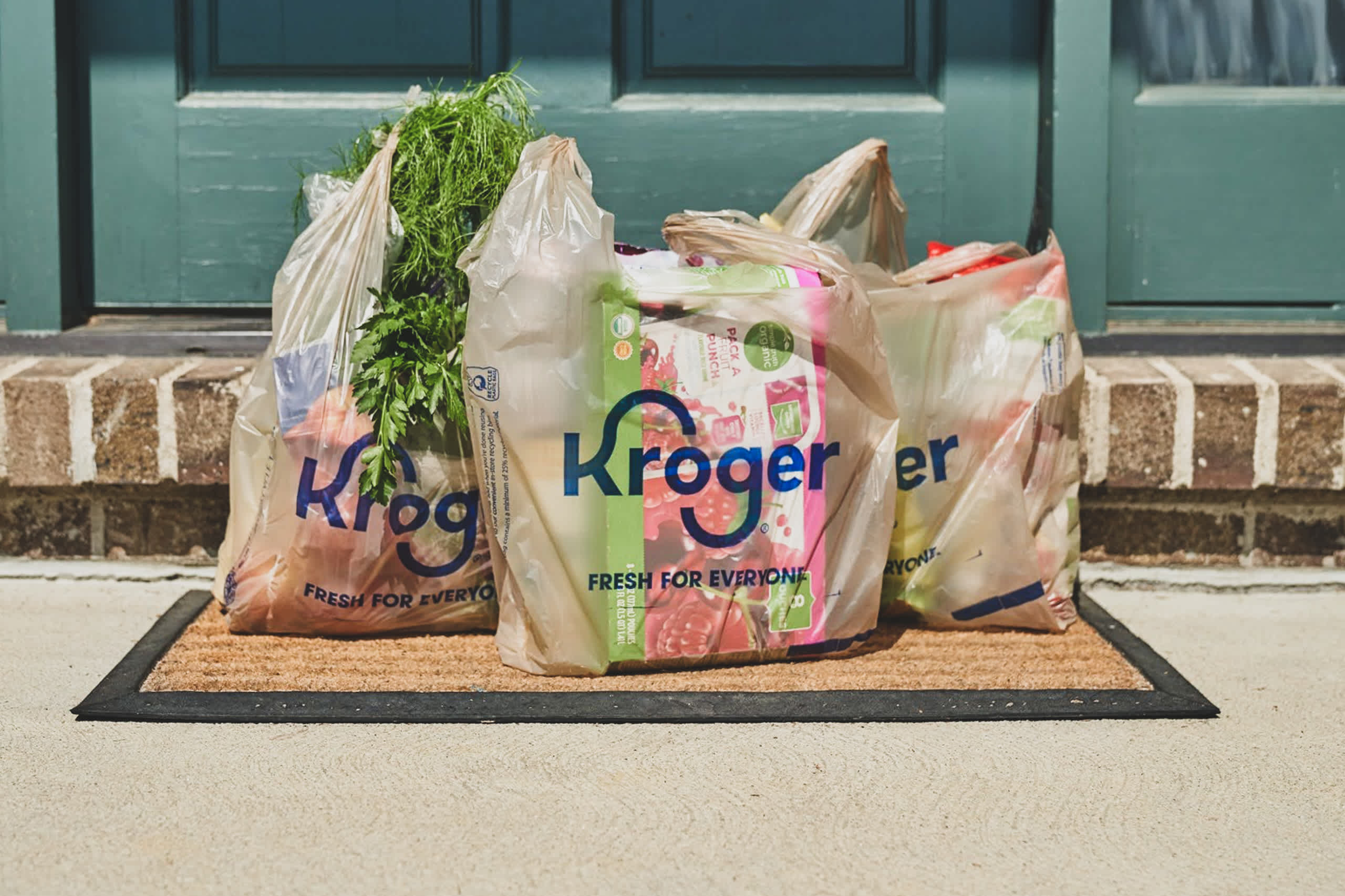
As privacy laws evolve, first-party data takes center stage

Welcome to the second 84.51° Data University report, a series of quarterly insights for prospective and current data science professionals.
The volume of data created around the globe is growing at exponential rates. As a wholly owned subsidiary of The Kroger Co., 84.51° is lucky to have a vast data asset to build and deploy sciences that are focused on creating better experiences for our customers. With governed access to the grocery industry’s most robust first-party data set, CPGs are using insights derived from our aggregated data to drive their business and make smarter choices.
But not all CPGs rely on first party data. And depending on the alternative sources they use, they may be forced to adapt or pivot quickly as legislation starts to constrain business models built around non first-party data collection of consumer behavior and provides consumers with more control over their personal information.
The evolving regulatory landscape is complex and changing rapidly. Although a federal privacy law has been proposed, right now organizations are required to manage a patchwork of state specific privacy laws giving customers more control over their personal information. In addition to the privacy laws, big tech platform providers like Apple and Google announced privacy focused changes that are constraining how users are tracked across entire mobile application ecosystems. In addition, browsers are also making changes to make it harder for websites to collect non-first-party data. As cookies start to disappear, first-party data will be key to filling the void.
So, the trend in increased comprehensive privacy laws has pushed many organizations to understand that data is one of their most important assets. There is a need to shift their priorities to increase their efforts in collecting first-party data to try to insulate their business from emerging privacy laws and regulatory activity. If organizations want to continue to use data to drive their businesses, it is important that those insights are built off data that is sourced in a responsible and transparent method from consumers.
Defining data collection
The way data is collected now is drastically different than how it was collected before – from zero-party to third-party and everything in between. Thus, it is important to be able to decipher the difference.
Third-party data is gathered from various sources then combined by organizations and resold to others. The consumer is not an active or aware participant.
Second-party data is secondhand information that is sold by the owner for others to use.
First-party data is collected directly from consumers through their interactions with an organization as part of doing business. In this case, consumers see direct and clear benefits from participating but can also easily opt out at any time.
Zero-party data is defined by having consumers directly participate in sharing their data usually in exchange for direct value.
The clear differentiator here is as you build a trusted and value-based relationship with consumers, they are more likely to opt-in to sharing first-party and zero-party data. As legislation continues to evolve, it is important for an organization to understand the importance of transparency, trust, data protection and data governance as primary components of first-party data.
The power of first-party data
84.51°, as a subsidiary of The Kroger Co., offers the largest transaction-based grocery data set in the United States, with 60 million households shopping in-store and online. Our first-party data is built on customer trust established by our beloved loyalty program, which captures 100% of online and 96% of in-store sales, regardless of payment by cash or credit card. Customers have opted in – and have the ability to opt out at any time – and have trusted us to use their data to provide personalized, relevant offers and messages by way of discounts, free items, relevant communications and offers, and seamless online and in-store experiences.
The aggregated insights derived from our loyalty program helps CPGs to make better decisions – enabling them to better meet consumer needs and ultimately drive growth for their brands.
The evolution continues
The landscape is constantly changing as new privacy laws emerge. It is important for CPGs leveraging data to make sure they are deriving insights not only off of data that is complete but also can persist as the climate around data use changes.

Visit our knowledge hub
See what you can learn from our latest posts.
